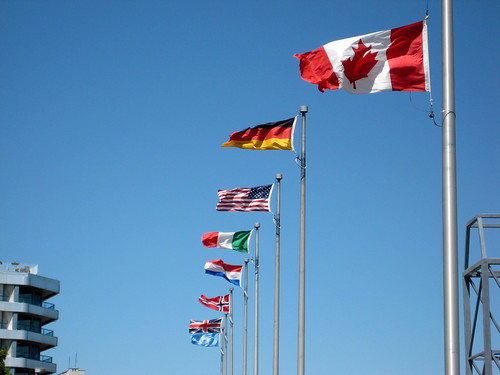 image by Teo used under Creative Commons license
image by Teo used under Creative Commons licenseHappy Halloween! On the scariest holiday of the year, New Yorkers across the metro area will dress up in costumes and walk around their neighborhoods trick-or-treating. The phrase is actually a question for the person answering the door, who then has the choice of giving the visitor a treat or having the visitor play some kind of trick on the person. In the spirit of Halloween, we’re going to list three facts about air quality — can you guess which ones are tricks and which ones are treats?
#1: Small changes to my transportation behavior can have a big impact on improving air quality.
#2: New York’s only harmful air pollutant is ground-level ozone.
#3: There’s nothing wrong with topping off my gas tank to get the price to a round number and to ensure I get as much out of each trip to the gas station as possible.
Take a moment before reading on to guess which of the above statements are true (treats) and which are false (tricks)!
Answers:
#1: TREAT! Small changes to your transportation habits can and do have a big effect on improving air quality. For example, in 2009 New Yorkers reduced air pollution by almost 8.5 million pounds every week just by doing simple things like taking mass transit, carpooling and combining multiple errands into one trip.
#2: TRICK! Although ground-level ozone is the cause for most days when air pollution is high, there is another form of air pollution that we need to be aware of called particulate matter. This matter has fine particles small enough to be absorbed by the body when you breathe them into your lungs; once inside the bloodstream, these particles can produce harmful effects on your health.
#3: TRICK! Topping off your gas tank, instead of stopping when the pump clicks, causes gasoline fumes to escape into the air where they turn into harmful air pollutants. You can go a long way to improving air quality just by stopping when you hear the gas pump “click!”

 image by
image by  image by
image by  image by
image by 

